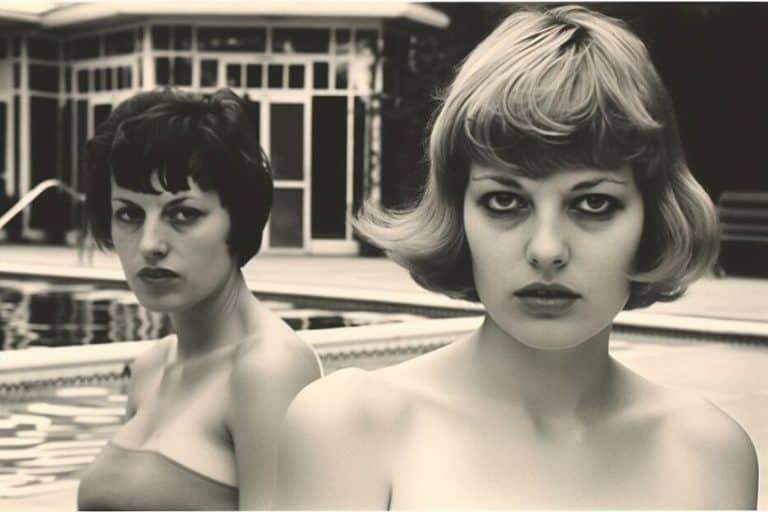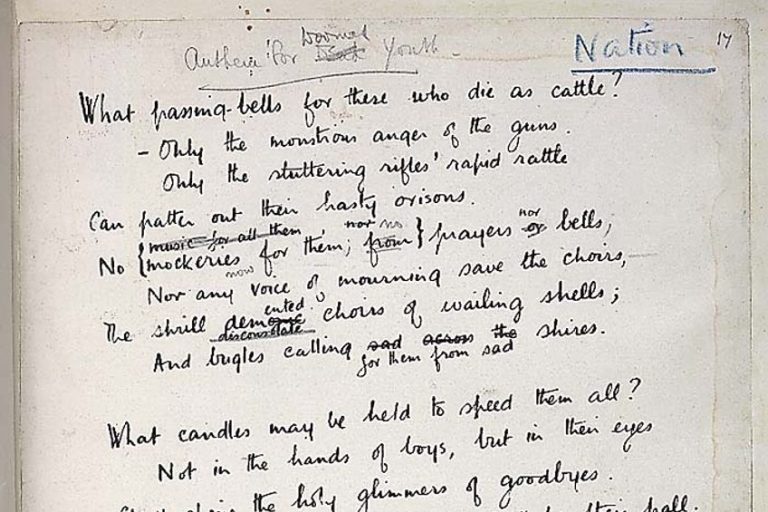Literary Theories – The Development of Contemporary Literature
Literature has been around for a rather long time, and we have spent a lot of that time as a society attempting to understand it. However, we all have conflicting ideas about literature and how to understand it. That is where literary theories come into the picture. Today, I will be going through a number of different literary theories to show you how they can vary from one another. If that sounds like the sort of thing that you may just take some interest in, then you’re in the right place!
A Look at Literary Theories
Let’s first start off with something very personal here. You see, this is my area through and through. So, getting to write about literary theories, when you have a master’s degree in literary theory, is a rather fun thing to do! So, hopefully, this will be a good examination of several of these literary theories. My own education in this area and my past experience as a teacher should help to make these ideas accessible and easy to understand.
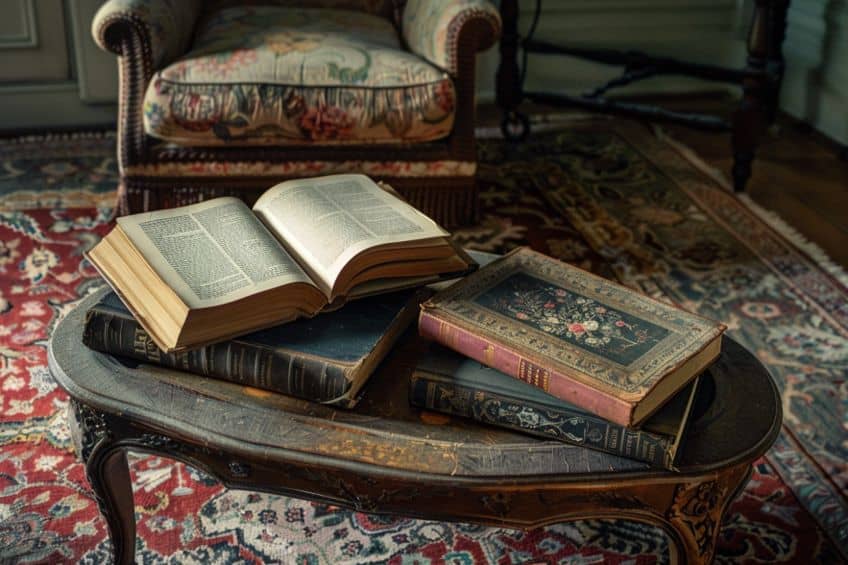
So, what are literary theories then? Well, in rather basic terms, the concept of literary theory is that it is a theoretical framework, or way of thinking, that allows you to analyze literature in a specific way. Each literary theory has its own specific means of understanding and analyzing literature, as you will soon see, and they are often in conflict with one another as they each focus on what they think is the most important aspect of a piece of literature. This means that many of the theories below will contradict one another in stating what is of importance. Something that I should mention before we get into it though is that this is hardly a full list. I will only be discussing ten different literary theories today, but they are some of the largest theories out there.
There are many that have been left to the wayside though, and that is something to be remembered, but the many offshoots of literary theory that are not discussed below should be interesting for you to find on your own if you happen to find this list to be an interesting one.
Romanticism (Late-18th Century – Mid-19th Century)
| Era | Late-18th century – Mid-19th century |
| Country of Origin | England and Germany |
| Area of Focus | Individualism, intentionalism, and creative genius |
| Prominent Figures |
|
| Major Texts |
|
Romanticism saw its origins during the latter half of the 18th century. These early Romantics laid the groundwork for the many writers who would follow in their wake. While Romanticism tends to be associated with literature itself, such as poetry, plays, and prose, it did also come with a certain theoretical understanding and belief with regard to what it meant to be a creative in the first place.
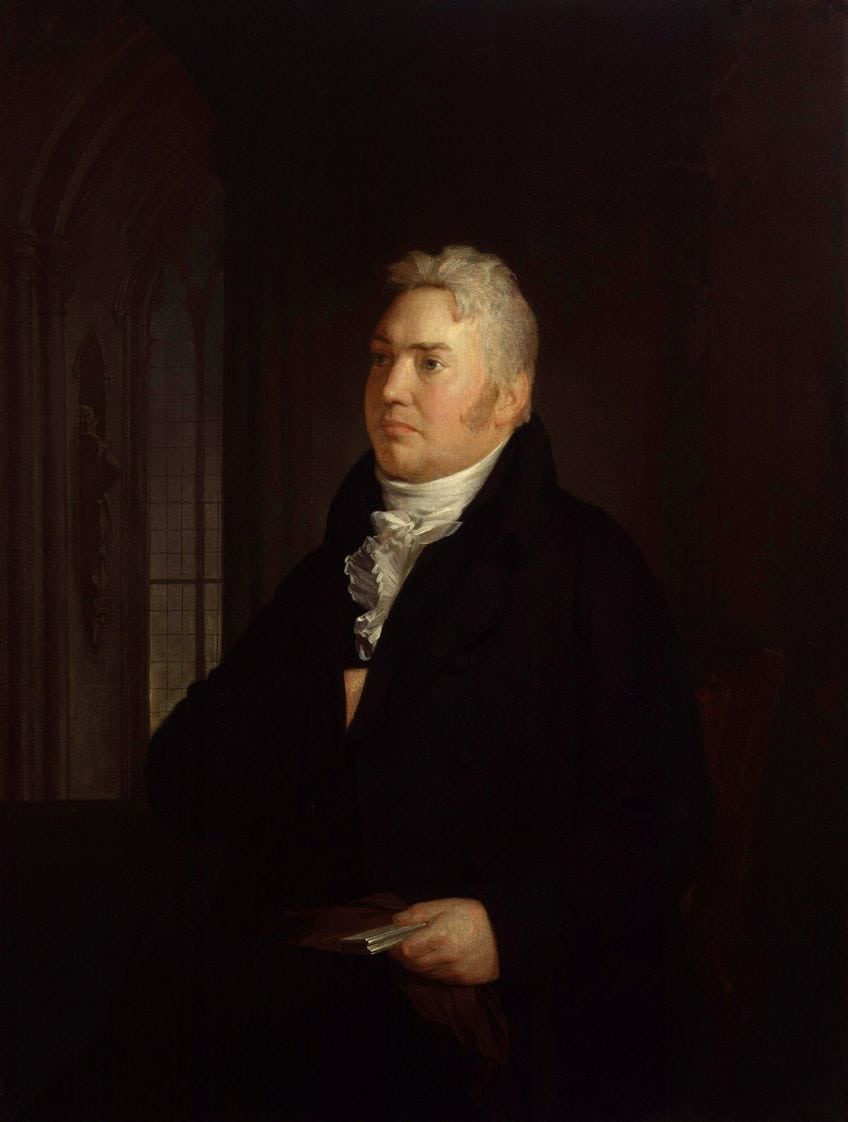
These thinkers would come to see certain attributes as central. The basic idea behind Romanticism was a focus on the creative themselves. This meant that the writer was the person that received the attention. They would be examined as someone who had supreme intention in their work and there was even the belief that writers could create ex nihilo, meaning “from nothing”, as if they were demi-gods.
This led to the Romantics having a fixation on the individuality of the writer rather than anything around them.
It was the writer who “created” and there was less of a focus on the text itself or the context around which the writer had produced whatever they had produced. Some of the most important thinkers during this era were those like William Wordsworth and Samuel Taylor Coleridge. These poets doubled as some of the biggest philosophers in the movement, and so it does make sense that a poet-philosopher would see the poet as the most important figure in literature.
Russian Formalism (1910s – 1930s)
| Era | 1910s – 1930s |
| Country of Origin | Russia |
| Area of Focus | Intrinsic features and form |
| Prominent Figures |
|
| Major Texts |
|
The first of the literary theories on this list was before things started to become truly formalized and academic. It was with the Russian Formalists that things truly started to become rigorous. Rather than poets claiming that poets were the most important figures in literature, the Russian Formalists focused on the actual text itself. They were linguists and so, in a similar way to the Romantics, they fixated on what they liked, and that was the linguistics of the text. These early Formalists originated in the years prior to the Russian Revolution in Russia and would eventually fall apart in the years after the communists had taken over.
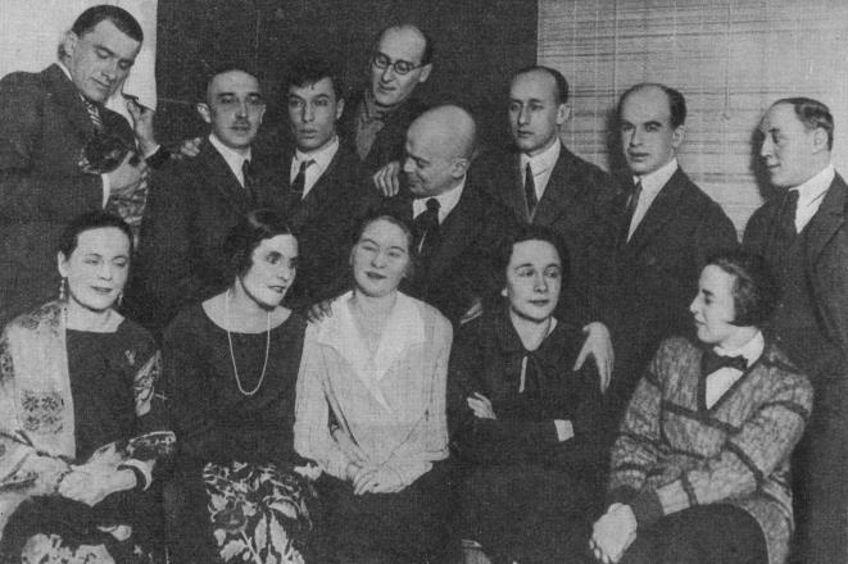
This group, with its focus on the linguistic elements of the text, was labeled as “formalists” because their area was the form of the text rather than the content. They were uninterested in what a poem was about and were instead focused on how the poem was written. How did the text make use of language? How did it use metaphors and similes? How did it use various literary techniques? These were the kinds of things that these thinkers decided to make their primary object of study. The major thinkers in this movement were Russian, as the name would suggest, and so their work was focused on Russian texts.
For instance, Vladimir Propp’s Morphology of the Folktale (1928) took the folktale as its primary point of study, and it identified a number of tropes that could be found and analyzed throughout these texts, and this would allow a reader to be able to formalize the creation of these kinds of narratives.
Marxism (Early-20th Century – Present)
| Era | Early-20th century – Present |
| Country of Origin | Russia and Germany |
| Area of Focus | Materialism, class struggle, and ideology |
| Prominent Figures |
|
| Major Texts |
|
While the Russian Formalists were perceived as a threat to the Soviets, and Leon Trotsky even wrote an essay that attacked the movement, the same was not true of the beginnings of Marxist literary theory. While Marxism had already been around for decades, the main man himself, Karl Marx, never actually wrote anything definitive on literature. This led various academics to take the work of Marx and attempt to apply it in a variety of ways to literature.

Some of the earliest forms of Marxist critique of literature are known as vulgar Marxism as it posits a one-to-one relationship between economics and literature. This is a very reductive view of literature as it essentially claims that literature is determined by class when this is clearly not the case in every single circumstance. This would lead to a proliferation of various Marxist literary theories that examined literature in different ways, but always with an eye toward societal critique. Some major figures in Marxist literary theory were those like Lucien Goldmann, who posited that there are shared mental structures in society that can often be hidden from people, and literature effectively arises out of these mental structures.
Others took a more practical approach, such as Bertold Brecht, who produced a kind of theater that was intended to subvert expectations and educate those who viewed it about societal issues.
New Criticism (Mid-20th Century)
| Era | Mid-20th century |
| Country of Origin | United States |
| Area of Focus | Close reading and interrelation of form and content |
| Prominent Figures |
|
| Major Texts |
|
New Criticism is not very new any longer as it basically died out by the mid-20th century. However, names stick around and so this will be its name forever, even when it’s a thousand years old. Anyway, New Criticism is a formalist theory like Russian Formalism, but the big difference is that it also looked at the content of the work in question and not just the form. It originated in Anglo-American countries and would become a dominating force.

One of the ways in which it dominated was in the use of a technique known as close reading, and this is essentially in-depth analysis of a text. It entails paying close attention to a text and breaking it up to better understand it. Other major ideas had to do with concepts of universality, or the way in which literature should be written to convey universal ideas that apply to all people. Only problem there is that those who decided what was “universal” were generally straight white male protestants. This meant that it had a bigoted view of what was and wasn’t a universalizable experience. Major figures in this were often academics but were also writers like T.S. Eliot. He produced some of the most important texts in the movement, and those texts would have an influence on many other literary theories into the future.
For instance, he took special aim at the idea of the literary canon and what should be seen as canonized works of literature and which should not.
Structuralism (Mid-20th Century)
| Era | Mid-20th century |
| Country of Origin | France and Russia |
| Area of Focus | Understanding through a broader system |
| Prominent Figures |
|
| Major Texts |
|
Structuralism was a particularly influential strand of thought in the 20th century that has since given way to the more long-lasting Post-Structuralist viewpoint. In terms of literary theories, Structuralism arose out of linguistic and psychoanalytic understandings of the world, especially through the work of Ferdinand de Saussure and Sigmund Freud.

The basic idea is that we need to view human culture as a kind of broader system rather than individual units, and we can often interrogate the way that our understanding of the world is mediated through structural patterns. This literary theory can be quite complicated and there are many different ways to make use of the broad ideas that it extolled. Some of the important early Structuralists actually came from the Russian Formalist tradition, such as Roman Jakobson.
However, later thinkers, like Claude Lévi-Strauss, would bring Structuralist understanding to anthropology, and that would, in turn, influence literary theory going forward.
Psychoanalysis (1950s – 1960s)
| Era | 1950s – 1960s |
| Country of Origin | Austria and France |
| Area of Focus | Psychology of character |
| Prominent Figures |
|
| Major Texts |
|
Psychoanalysis began with the work of Sigmund Freud. However, the immense impact of Freud cannot be overstated. His work on dreams and the unconscious played a huge role in the development of Structuralism, but it also influenced literary theory in a more direct sense. There have been those who have made use of various Freudian and psychoanalytic methods for understanding texts ever since.

Some of the central ideas in terms of psychoanalytic literary theory is to understand a piece of literature in psychological terms. When it comes to literary theories, this makes psychoanalytic theories a bit more unique. They are attempting to actually understand the mental states of either authors, by reading and analyzing their works, or characters by interrogating their personalities, histories, and so on. The use of literature in psychoanalysis can even be traced back to Freud himself. For instance, he used the ancient Greek text Oedipus Rex by Sophocles as the basis for his concept of the Oedipal Complex.
He examined the story of Oedipus, who inadvertently killed his own father and then married his mother, to describe childhood sexual development. Literature has always been a part of this field.
Post-Structuralism (1960s – Present)
| Era | 1960s – Present |
| Country of Origin | France |
| Area of Focus | Interpretation and subjectivity |
| Prominent Figures |
|
| Major Texts |
|
The “post” in “Post-structuralism” should give some of the game away. This is not a theory that came after Structuralism, but rather one that responded to it (and it would, in many ways, eventually replace it). The early thinkers in this movement were concerned with the definitiveness with which Structuralism had declared certain ideas, and so it emerged as a subjective response to those kinds of ideas.

Post-structuralism is quite a complicated theory when you get down into the nuts and bolts of it all because of how it is essentially oriented around breaking down the supposed stability of broad structures. It wants there to be a more subjective understanding of the world that cannot easily be explained in the way that certain older literary theories desired. Postmodernism can also be seen as closely related to post-structuralism. There are many major theorists who were classified as Post-structuralist, such as Roland Barthes, Jacques Derrida, Michel Foucault, and numerous others.
They all had their own ways of doing things, such as Barthes’ focus on pop cultural critique, Derrida’s deconstruction project, and Foucault’s historical work on showing the ways in which ideas change over time.
Feminism (1960s – Present)
| Era | 1960s – Present |
| Country of Origin | United States and United Kingdom |
| Area of Focus | Gender inequality and patriarchy |
| Prominent Figures |
|
| Major Texts |
|
Feminist is such a broad term that when I used to teach about it, I would always first explain by saying this: There is no such thing as feminism, but rather feminisms. Note the plural. There are liberal feminists, radical feminists, black feminists, socialist feminists, and so on. They share certain commonalities but have entirely different goals in many ways. So, pinpointing the origins of any kind of feminist literary theory can be rather difficult, but we can see the 1960s as being the major launching point for a lot of feminist critiques.

Each strand of feminism will have different approaches, but on a very basic level, feminist literary theory would focus on the depiction of gender in literature. This could mean examining the way that femininity and masculinity are portrayed, how male and female characters are used, and so on. Older strands of feminism tended to focus more specifically on women, but newer strands are usually more intersectional. Figures like Virginia Woolf and Simone de Beauvoir were early and important figures in the development of feminist literature and academia, but there were also later developments like Showalter’s concept of gynocriticism, which focused on female writers.
Feminism is still going strong today, and there are many different ways in which it can be interpreted alongside the literature that it both produces and critiques.
Ecocriticism (1960s – Present)
| Era | 1960s – Present |
| Country of Origin | United States |
| Area of Focus | Humans, animals, and the natural world |
| Prominent Figures |
|
| Major Texts |
|
The 1960s saw the release of an immensely important book, and that was Rachel Carson’s Silent Spring. This text was not about literature at all, but rather about the environment. However, it would be a major launching point for the environmentalist movement, and from that arose ecocriticism. This is a way of examining literature from an environmental perspective.
The basic idea behind some of the concepts in ecocriticism is to understand how the environment is depicted in literature. For instance, the depiction of geology, plant life, and non-human animals. This has also led to various more specified forms, such as critical plant studies and animal studies. However, ecocriticism can be seen as a broad and overarching term to describe each of these in some small part. There have been various figures that can be found in the broader category of ecocriticism, such as the work of Jonathan Bate and William Rueckert.
The desire to understand how we view and understand the environment, as well as the environmental impacts of the literature industry itself, have become important points in this literary theory.
Queer Theory (1990s – Present)
| Era | 1990s – Present |
| Country of Origin | United States |
| Area of Focus | Sexuality, gender, and performativity |
| Prominent Figures |
|
| Major Texts |
|
Sometimes a title sells you exactly what it is on the tin. Queer theory is just that. This is a literary theory that explores queerness in texts. This is by far the newest addition to the string of literary theories on this list, and it can be seen as having emerged out of various feminist traditions and does still hold a lot of feminist thought within it. However, it has grown into a vibrant and very active theory in the present day.
The kinds of ideas that are explored by queer theory are often those to do with the depiction and representation of queerness in literature as well as interrogating texts through a gender performativity lens. This latter concept entails the way in which gender is performed through various acts that reinforce a gendered order on the world, such as the way in which someone dresses, behaves, speaks, and so on.

There are many queer theorists out there, but one of the founders, and probably the most famous member of the theory, is Judith Butler. Thanks to the fact that this is not a very old theory also means that many of those who participated in it are still very much alive and are still producing work. This is the case with figures like Butler, who started with ideas of performativity but have produced other concepts since, such as precarity, or the way in which certain people, such as queer people, live in a very precarious state in society.
With that last literary theory, we have come to the final point of our discussion about the various literary theories out there. We have looked at quite a number of distinct literary theories to show how they operate and what they propose to readers and writers, but there are many instances of literary theories that I simply did not have the time to explore, and so if you do want to learn a lot more about this, there is still much to learn. However, you may need to go searching for some of those literary theories on your own, but there are many resources out there to learn so much more. So, get out there and see what else there is to see!
Frequently Asked Questions
What Is Literary Theory?
The term literary theory is a very broad one as it refers to any kind of theoretical framework that aims to understand literature. There are many different literary theories, and so there is no singular form of this concept. However, they are all unified in their attempt to understand literature in some way. Some will focus on the text itself, some will focus on the author or the society that produced it, and so on. There are many different ways for us to approach literature, but trying to make a definite statement on literature can be fraught.
What Is the Origin of Literary Theory?
When it comes to the origin of literary theory, we could say that the first text that decided to actually examine literature in a more critical light is the origin. This would mean that the ancient Greek text Poetics by Aristotle would be the beginning of literary theory. This is indeed the oldest text that could be deemed literary theory, but if there are any lost texts, then they might be the true origin. However, we can only operate based on what has been recorded, and so the Aristotelian text is the oldest.
How Many Literary Theories Are There?
The number of literary theories that exist is theoretically infinite. There are as many literary theories as people decide to produce, and there are often major theories that lead to a variety of sub-categories. There are old theories like Romanticism, which died out before the 20th century for the most part, and there are much newer ones, like ecocriticism or queer theory, which originated in the later years of the 20th century. More will constantly be developed over time as literature and society continue to exist.
Why Do Literary Theories End?
Literary theories do not necessarily come to an end in a highly definitive sense. The reason we could say this is because some will still ascribe to far older theories. However, while there may be some contemporaries who legitimately believe in the ideas spouted by the New Critics, they have certainly decreased. Theories, in general, come and go because the ideas within them lead to new ideas that branch out from them. Many theories are responses to existing theories, and so we may be several theories detached from some much earlier theory, but the influence of that older theory still persists.
What Is the Most Popular Literary Theory?
We can’t definitively state which literary theory is most adhered to in the modern day. However, we can have a look at which literary theories have managed to stick around. In the modern day, the various offshoots of feminism, ecocriticism, and post-structuralism are likely the most popular as these are the sorts of issues that are seen as most pressing. Care for intersectional human issues, the environment, and the difficulty of determining definitive meaning are all major factors in modern literary theory.
Justin van Huyssteen is a freelance writer, novelist, and academic originally from Cape Town, South Africa. At present, he has a bachelor’s degree in English and literary theory and an honor’s degree in literary theory. He is currently working towards his master’s degree in literary theory with a focus on animal studies, critical theory, and semiotics within literature. As a novelist and freelancer, he often writes under the pen name L.C. Lupus.
Justin’s preferred literary movements include modern and postmodern literature with literary fiction and genre fiction like sci-fi, post-apocalyptic, and horror being of particular interest. His academia extends to his interest in prose and narratology. He enjoys analyzing a variety of mediums through a literary lens, such as graphic novels, film, and video games.
Justin is working for artincontext.org as an author and content writer since 2022. He is responsible for all blog posts about architecture, literature and poetry.
Learn more about Justin van Huyssteen and the Art in Context Team.
Cite this Article
Justin, van Huyssteen, “Literary Theories – The Development of Contemporary Literature.” Art in Context. March 14, 2024. URL: https://artincontext.org/literary-theories/
van Huyssteen, J. (2024, 14 March). Literary Theories – The Development of Contemporary Literature. Art in Context. https://artincontext.org/literary-theories/
van Huyssteen, Justin. “Literary Theories – The Development of Contemporary Literature.” Art in Context, March 14, 2024. https://artincontext.org/literary-theories/.






